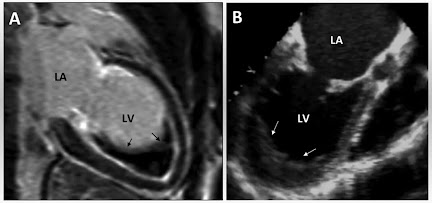Cell injury
Definition : Whenever cell adaptation exceed due to disturbance of cell function called cell injury.
Causes of cell injury :
- Hypoxia and ischaemia (common cause) - Deficiency of oxygen or lake blood supply or ischemia.
- Physical agents - Include excessive heat, excessive cold, trauma, electricity, radiations, sudden change in atmospheric pressure. These are the physical agents that caused cell injury.
- Chemical agents - Include strong acid, strong alkalides, drugs, pollutants. These are the chemical agents that caused cell injury.
- Microbial agents - Includes virus, bacteria, fungi and some protozoa. These are the microbial agents that caused cell injury.
- Immunological reactions - Hypersensitivity reactions, anaphylactic reactions and autoimmune diseases.
- Genetical effects
- Aging
- Nutritional imbalance - Lake ( starvation, marasmus, kwashiorkor, anaemia) or exceed (obesity, atherosclerosis, heart disease and hypertension) of nutrition.
PATHOGENESIS : Most common cause of cell injury is hypoxia and ischaemia, so we will discus about only hypoxic cell injury -
 |
| Pathogenic events of reversible and irreversible injury |
On the basis of severity, hypoxic cell injury are two types i.e. reversible and irreversible cell injury ...
1. Reversible cell injury : When hypoxia or ischaemia is of short duration, the effects may be reversible on restoration of oxygen supply the cell return to the normal state.
The first effect of hypoxic cell injury is on mitochondria resulting in decreased oxidative phosphorylation consequently ATP formation is reduced, result in decreased sodium pumps and subsequently their is accumulation of sodium inside the cell and diffusion of potassium ion from the cell. Due to accumulation of sodium ion water is drawn inside the cell which result in swelling of cell.
Decrease number of ATP and increased number of AMP stimulate enzyme phosphofructokinase resulting in increased anaerobic glycolysis. Increased glycolysis resulting in accumulation of lactic acid which is responsible for decreased pH of cell cytoplasm. After that detachment of ribosomes from rough endoplasmic reticulum resulting in reduced protein synthesis.
If hypoxia is no relieved. worsening mitochondrion functions results in more damage like loss of microvilli, formation of blebs ( prominent) on the cell surface and swelling of whole cell. All the above disturbance are reversible but if ischaemia persists irreversible, cell injury may occur.
2. Irreversible cell injury : In this stage the matrix of mitochondria shows vacuoles and deposition of calcium. Plasma membrane is more damage and lysosomes are swollen their is continue loss of protein, co-enzymes and RNA and vital metabolites are leaked out from the cell.
 |
| Generation of free radicals by four electron step reduction of oxygen |
Injury to lysosomal membrane results in leakage of their enzymes in cytoplasm, more ever their is leakage of intracellular enzymes into extracellular space and influx of macromolecules from the interstitial space. The that cell may ultimately replaced by large whorled phospholipid bodies, these are called myelin figures. Phospholipid is either phagocytose or they convert with calcium ion into "calcium soap".
 |
| Cell death by hydroxyl radical |
Leakage of intracellular enzymes into peripheral circulation help in detecting cell death e.g, cardiac muscles contain an enzyme creatine kinase and troponins, liver cells contain alkaline phosphatase. Increased level of these enzymes help to detect death of these cells.







No comments:
Post a Comment
Please do not enter any spam link in the comment box